|
The Courtauld will renovate the top floor of the gallery, beginning in autumn, 2018. They anticipate closing the gallery for about two years, though the other activities of the Institute will continue unabated. The location of the Royal Academy's exhibitions will be restored and updated. Below is how it looked in the late 18th century. Currently the room is divided by walls into smaller areas for exhibition. Don't expect the Courtauld to return to the old method of hanging work from floor to ceiling however. On lower floors, many of the rooms retain their original features from the days of the Royal Academy. The pictures above and below show the former Ante-Room and Library of the RA. The photos below show the Ante Room shared by the Royal Academy and the Society of Antiqueries 200 years ago. The ceiling design by Biaggio Cipriani (1727-1785) portrays Apollo surrounded by the symbols of the Zodiac. Below, a portrait of Queen Charlotte (1744-1818), c. 1812, by William Beechey (1753-1839) hung over one of a pair of D-shaped commodes of inlaid mahogany, 1788, by Samuel Cooper and John Savage for Gillows of Lancaster. The portrait of Charles and Captain John Sealy, 1773, by Tilly Kettle (1735-86), was painted in Calcutta. The room below was the Council and Assembly Room when the Royal Academy was housed here in Somerset House. The ceilings are copies of the original by Benjamin West (1738-1820) and Angelica Kauffman (1741-1807), now in Burlington House, Piccadilly, the present home of the RA. West, born in America, was the second president of the RA , and Kauffman was one of the two women founding members. My two posts on the Courtauld Institute and Gallery barely give a hint of the riches to be found here -- not to mention a nice tea room and of course, the gift shop, where I cannot avoid a stop every time I visit. Get there soon or you will have to wait a while, unless they concoct a scheme to show some of the paintings elsewhere in this vast building while they return the upper floor to something like its former appearance.
0 Comments
The Courtauld Institute is located in Somerset House in The Strand, just a short walk east of Trafalgar Square. In these rooms during the Regency period, from 1780 to 1837, the Royal Academy of Art had their meeting and classrooms and held the annual competitive exhibition each summer. Above, the Strand Facade of Somerset House, the entrance to the Courtauld Gallery. The Courtauld has occupied this location since 1989 and is undergoing renovation, expected to continue until 2020. The famous circular staircase leading from the ground to the exhibition space at the top of the building. Today, there is an elevator, but in years past, the steep stairs led to some congestion, as satirized by Thomas Rowlandson in his caricature The Exhibition Stare Case, 1800, now in the collection of the British Museum. Reader, I took the lift! The Courtauld Institute is known for its excellent collection, particularly its French impressionist and post-impressionist works, as well as its studies in art history, curatorial, and conservation programs. Founded in 1932 by Samuel Courtauld, textile magnate and philanthropist, the academic program is part of the University of London. On the Ground Floor, stunning medieval works are displayed. This is one of their most famous canvases, A Bar at the Folies-Bergere by Edouard Manet, 1881-82. Below, Renoir's La Loge, 1874. These photos look so crooked, I wonder if I was tipsy? Or just jet-lagged? Among the embarrassment of riches here is Two Dancers on a Stage, 1874, by Degas, and Cezanne's Route Touranante, c. 1904. And, of course, that most famous of all the VanGoghs: Self Portrait with a Bandaged Ear, 1889. In my next blog post, I will share with you plans for the Gallery's future, a few of the 18th-early 19th C. works, and the stunning decoration of many of the rooms. The Courtauld trains many curators, conservators and others who help us all enjoy art. Long may they reign!
Above, an evening view of the Palace of Westminster, or as it is familiarly known, the Houses of Parliament, seen from across the Thames in London. Below, a view of the cluster of buildings that comprised the Palace of Westminster before the great fire of 1834. The fire began on October 16, 1834, and burned all night, observed by large crowds of spectators. Government officials, including the Prime Minister, Lord Melbourne, and even many artists watched as almost the entire complex was destroyed. Among the spectators was Joseph Mallord William Turner, who later painted oil studies of the scene. About all that was left was Westminster Hall and various objects saved from the fire by volunteers. Both Houses soon found temporary quarters, but clearly, a new structure would have to be established. After a competition for design, construction began on a vast neo-Gothic building on the old site on the riverside. The winning architect was Charles Barry, later knighted, with Augustus Pugin, his assistant. By the time construction actually began in 1839, Queen Victoria was on the throne. Before the fire, the House of Lords looked like this, as published in Ackermann's 1808 Microcosm of London After the new building was complete, the House of Lords looked much as it does in the 21st Century. In both Houses, we tourists were not allowed to sit on the benches or chairs. for these are reserved for the elected or appointed members. Fortunately, there were other "allowable" seats along the way. Below, for special occasions, such as the monarch's annual address, members of the Commons join the Lords in this chamber, as below pictured in 2015. Here is the House of Commons in 1808, as drawn for the Microcosm of London. The House of Commons today. Prime Minister Theresa May addresses the House of Commons. When the Houses are in session it is possible to obtain passes to the Visitor's Gallery to listen to debates, but often the remainder of the building may be closed to tourists. As usual, the tour ended with a visit to the gift shop and tea room. Time for a cuppa.
More London exploits to come: Courtauld Gallery, the Guildhall, Kensington Palace, and Frederick Leighton;s House, to name a few. You will note the scaffolding around the Elizabeth Tower (topped by the clock and bell, known as Big Ben). Repairs to the Houses of Parliament began in 2017 and will continue for decades. Plans currently call for both houses to meet in nearby buildings while their chambers are being renovated, beginning in the 2020's. Costs are estimated to be in the billions of pounds. Outside, in Parliament Square, there is almost always a demonstration of some sort, this one being supporters of ending the Brexit process of leaving the EU. We entered through Westminster Hall, the ancient remnant of the original Palace of Westminster. It was saved during the fire of 1834 which otherwise destroyed the Palace. The Hall, dating from 1097, is famous for the hammer-beam ceiling, erected in the reign of Richard II, and the largest of its kind in England. Currently, it is filled with displays telling the story of Parliament and the building, perhaps to build public support for its preservation and repair. This model of the current Palace of Westminster, (the official name, though most people refer to it simply as Parliament) shows Westminster Hall in the foreground, attached to the neo-Gothic building completed in the 1860's by architects Sir Charles Berry and Augustus Pugin. The House of Commons occupies the north (left) end and the House of Lords, the south right), Some of the displays were related to the commemoration of the Votes for Women's 100th anniversary. A new window, designed by artist Mary Branson, was installed. It changes in effect with the movement of the sun, entitled New Dawn. Once through the door below the stunning artwork, we could no longer use our cameras, so the following pictures will be taken from websites. The building has hundreds of rooms, many offices, but our tour was confined to the main reception rooms, halls, and chambers. St. Stephen's Hall leads from Westminster Hall into the post-fire building. Filled with mosaics, paintings, stained-glass windows, and statuary, it is a feast for the eyes and a compendium of British history. The Hall was damaged by bombing in World War II. The Central Lobby is open for meetings of MPs with their constituents, also full of historical artwork. In the Royal Gallery toward the House of Lords, two huge murals dominate the room. Both by artist Daniel Maclise (1806-1870), they were executed in the technique known as Water-Glass painting, which unfortunately has not aged well, letting the colors fade somewhat. One portrays the Death Of Nelson, the loss of the Admiral in the Battle of Trafalgar in 1805.  Facing across the Gallery is The Meeting of Wellington and Blucher after the Battle of Waterloo, completed in 1861. In preparation for this mural, Maclise drew a full-size cartoon, which had been in storage at the Royal Academy. For the commemoration of the 200th anniversary of Waterloo in 1815, the cartoon was conserved and exhibited at the RA in Burlington House. 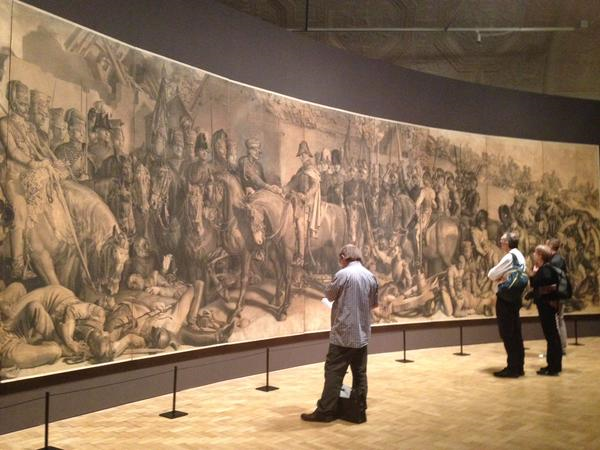 Also near the House of Lords Chambers is the Robing Room where the monarch prepares to address both houses in her annual speech, usually in full regalia, as in this photo from 2016. More information on the history of Parliament will be posted soon!
|
Victoria Hinshaw, Author
Archives
July 2024
Categories |

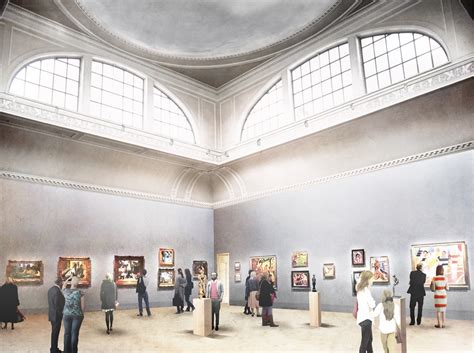




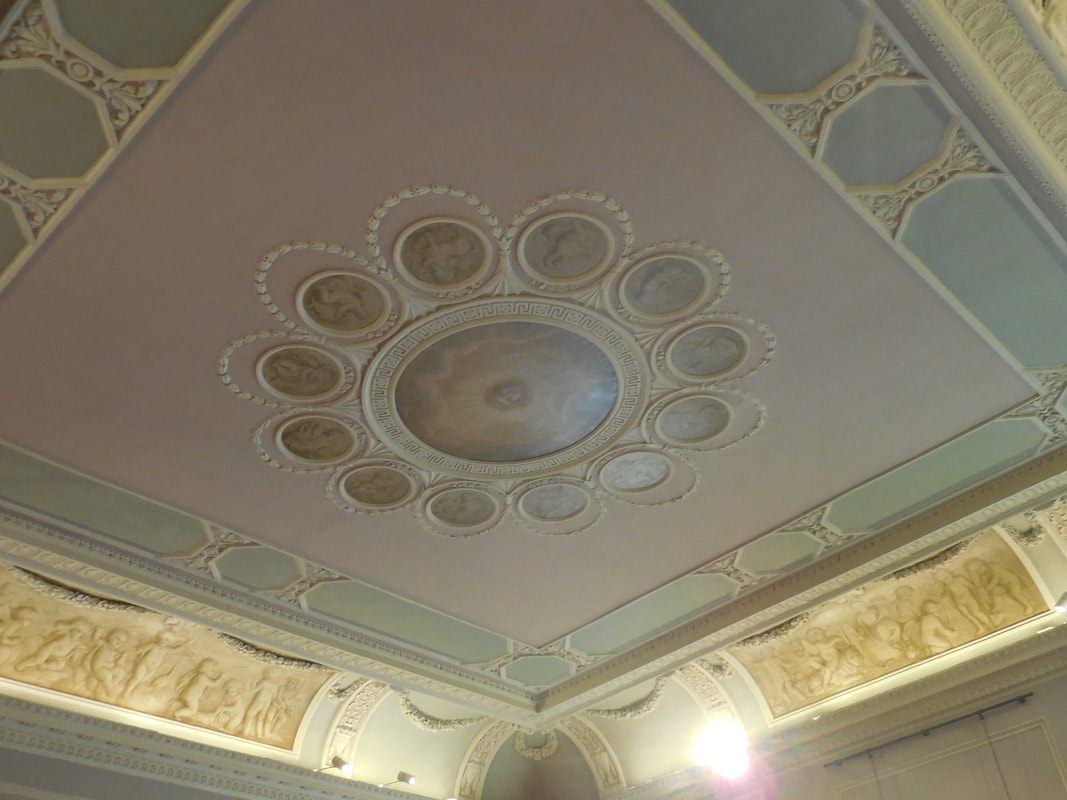
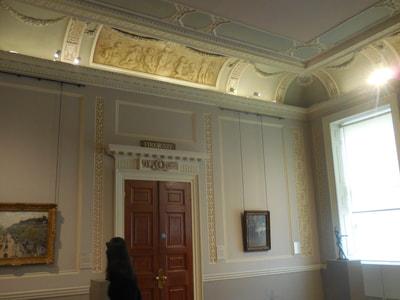
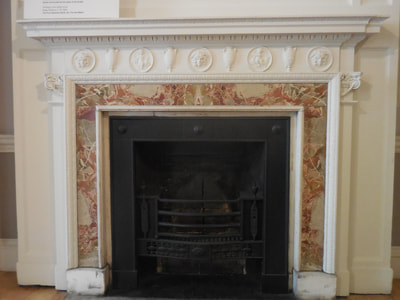
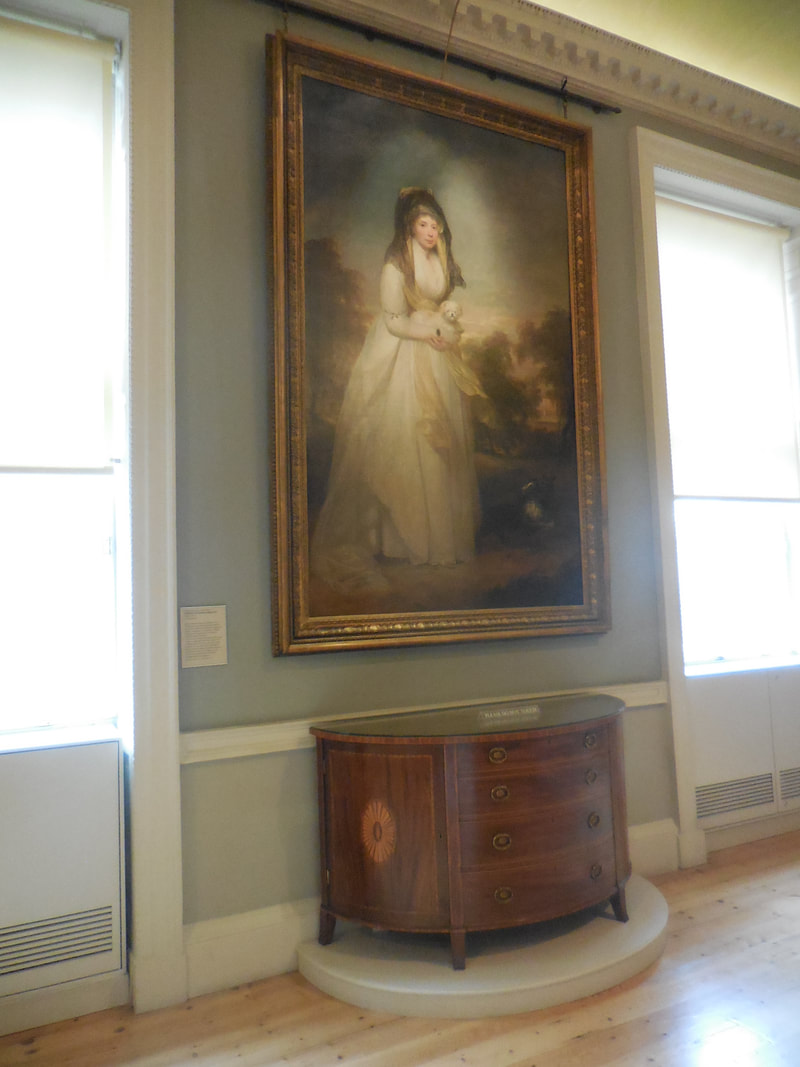

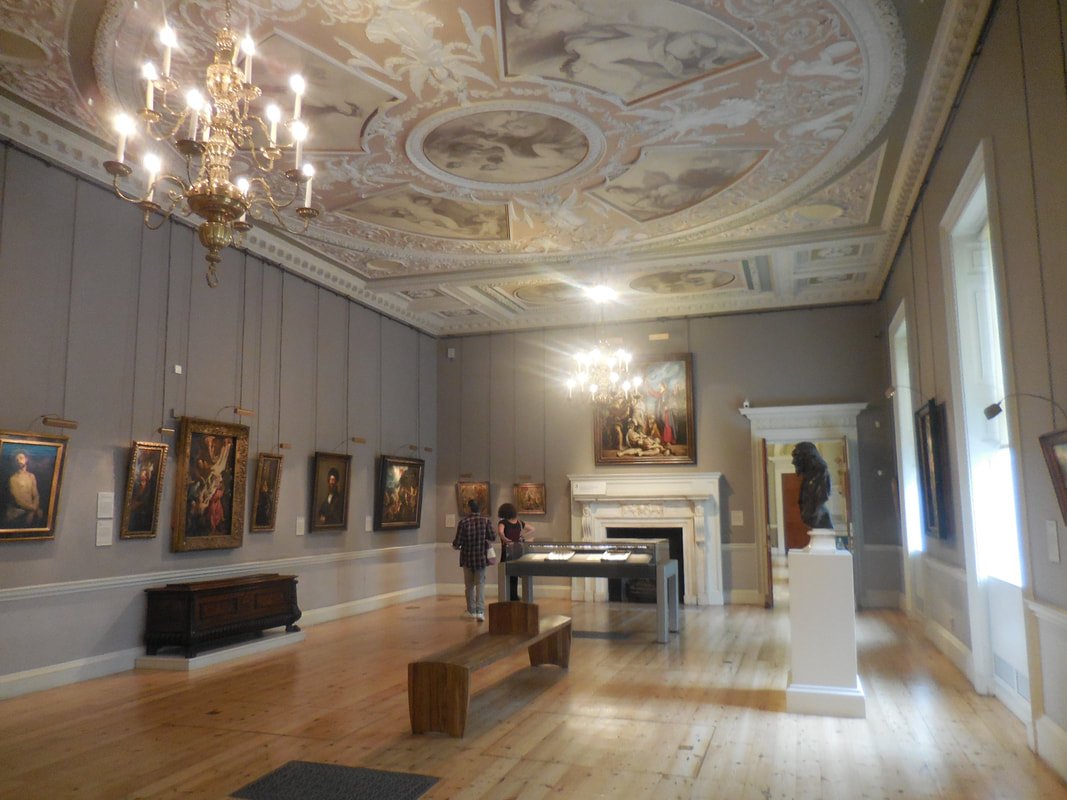
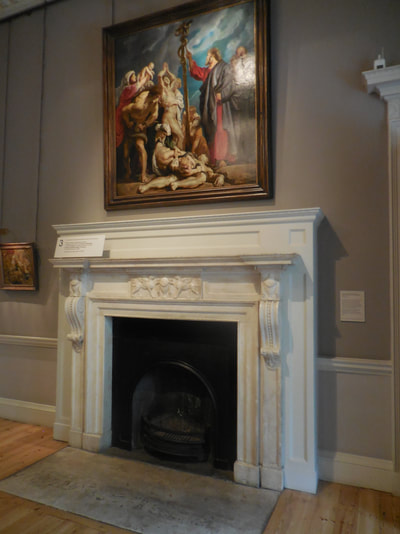
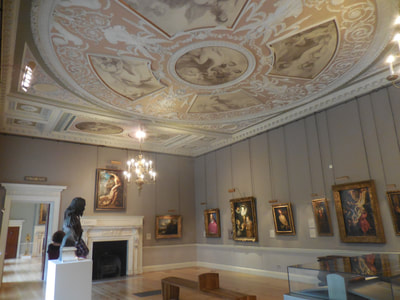
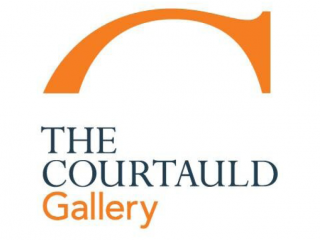


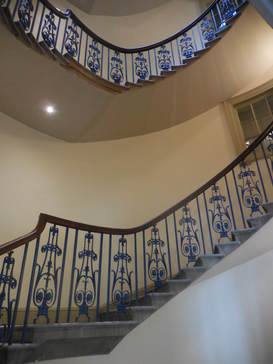
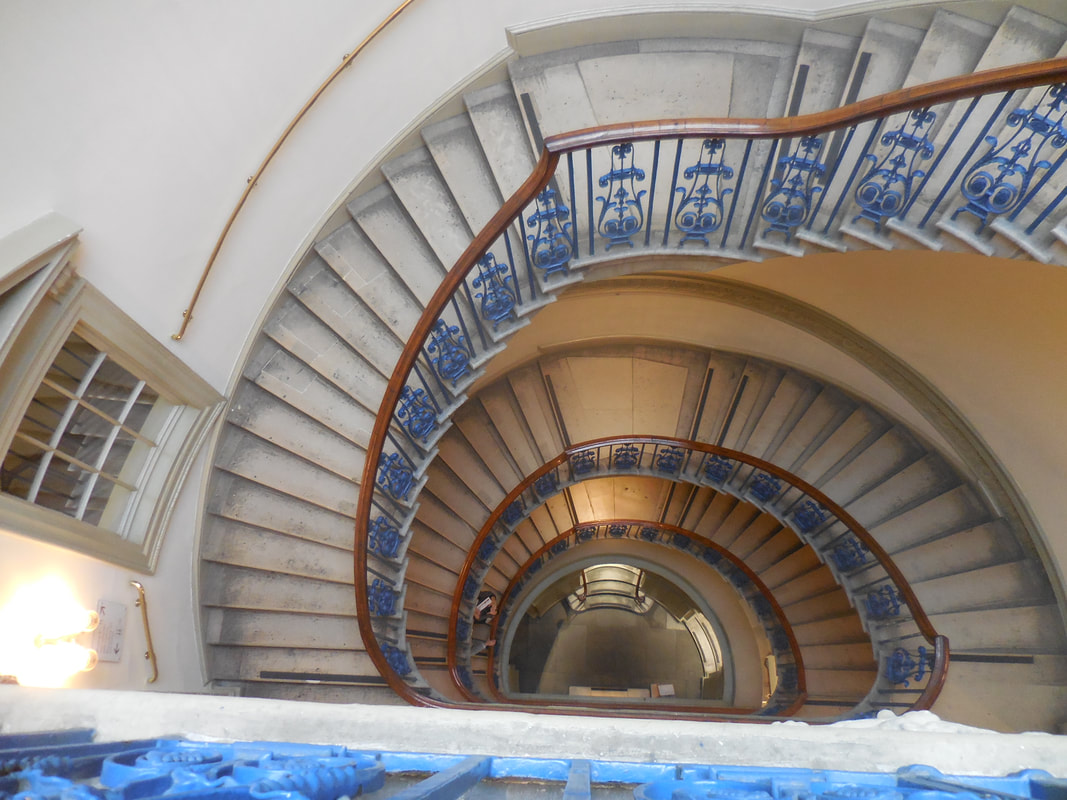
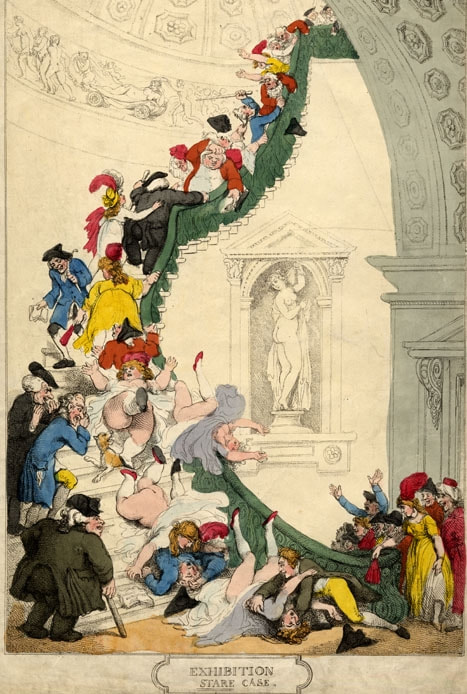
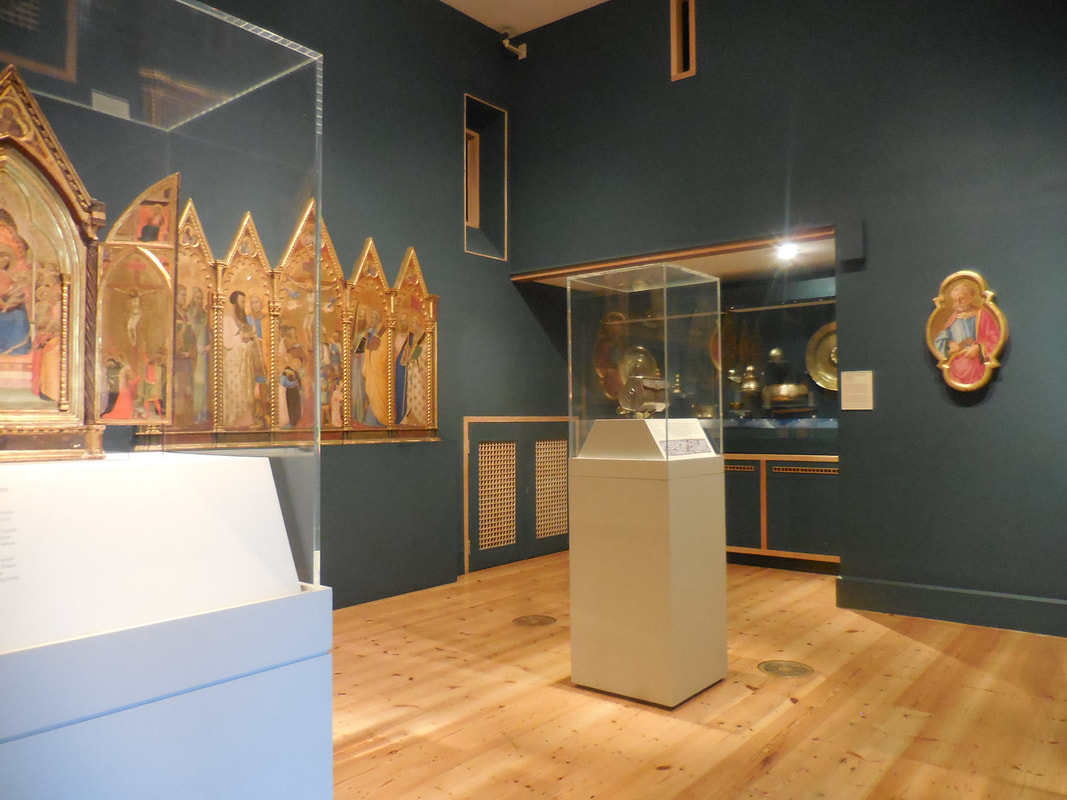
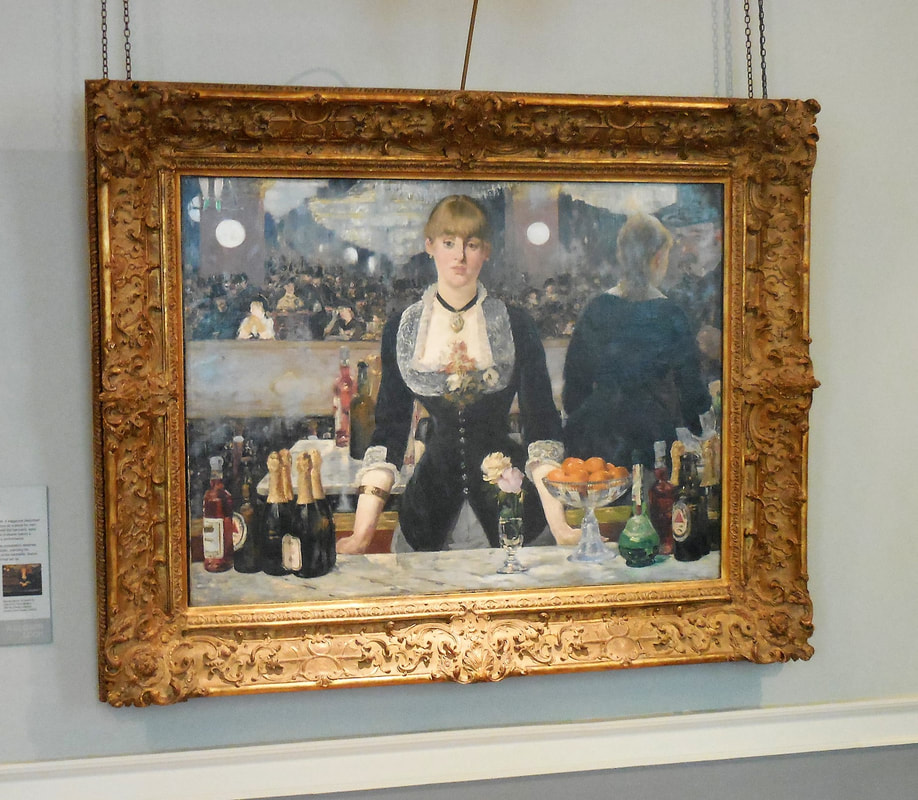


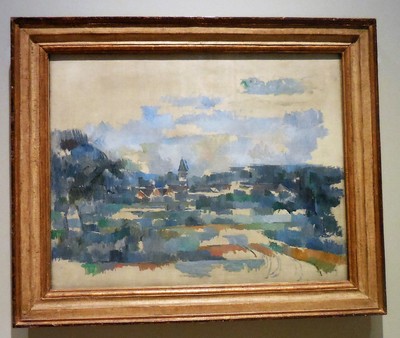
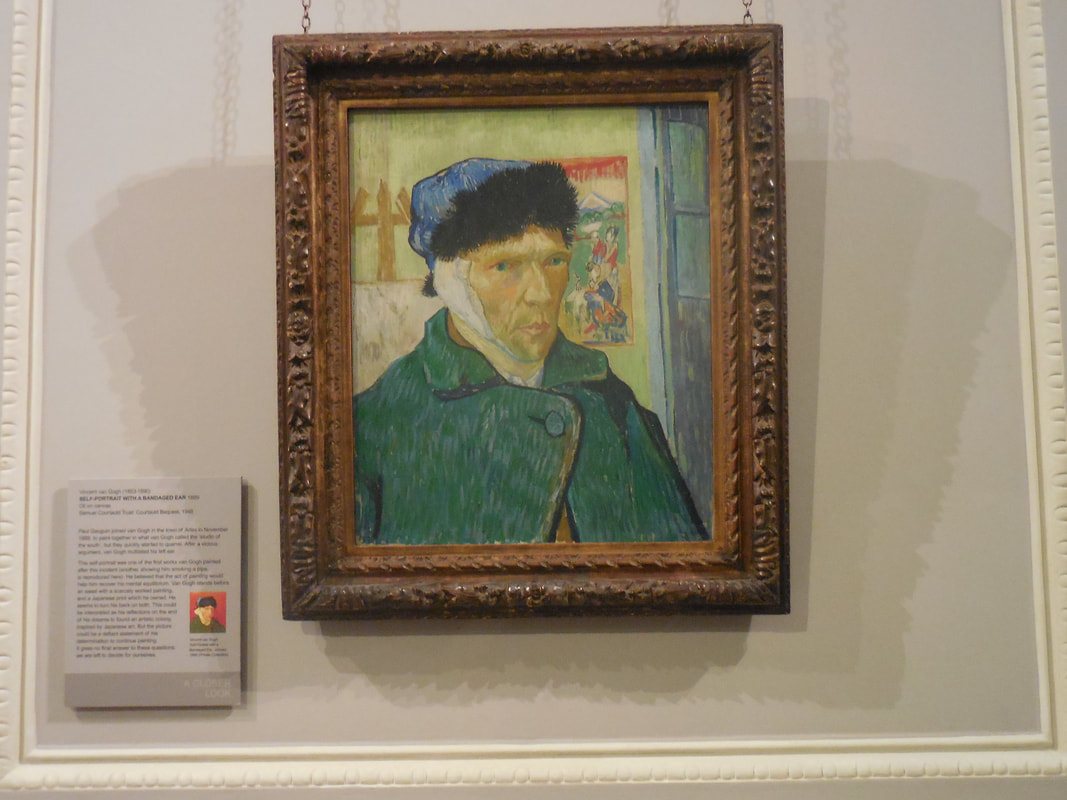
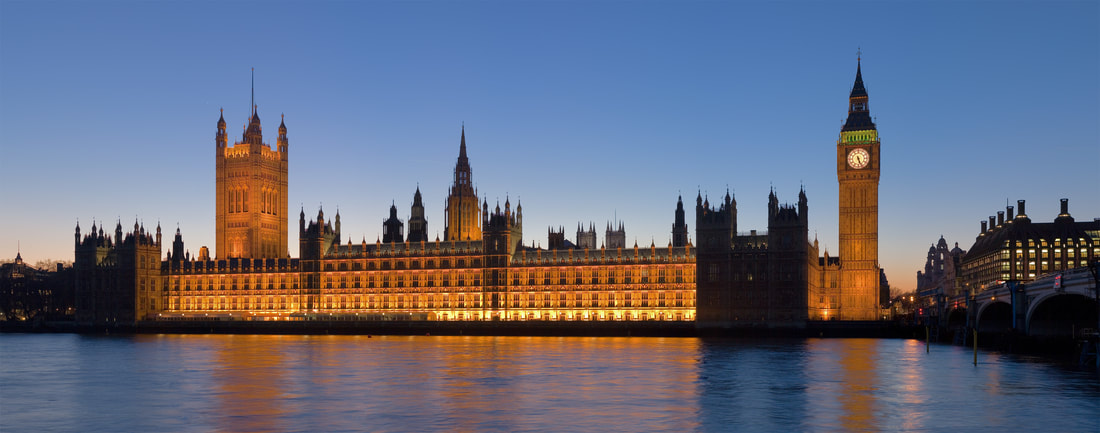
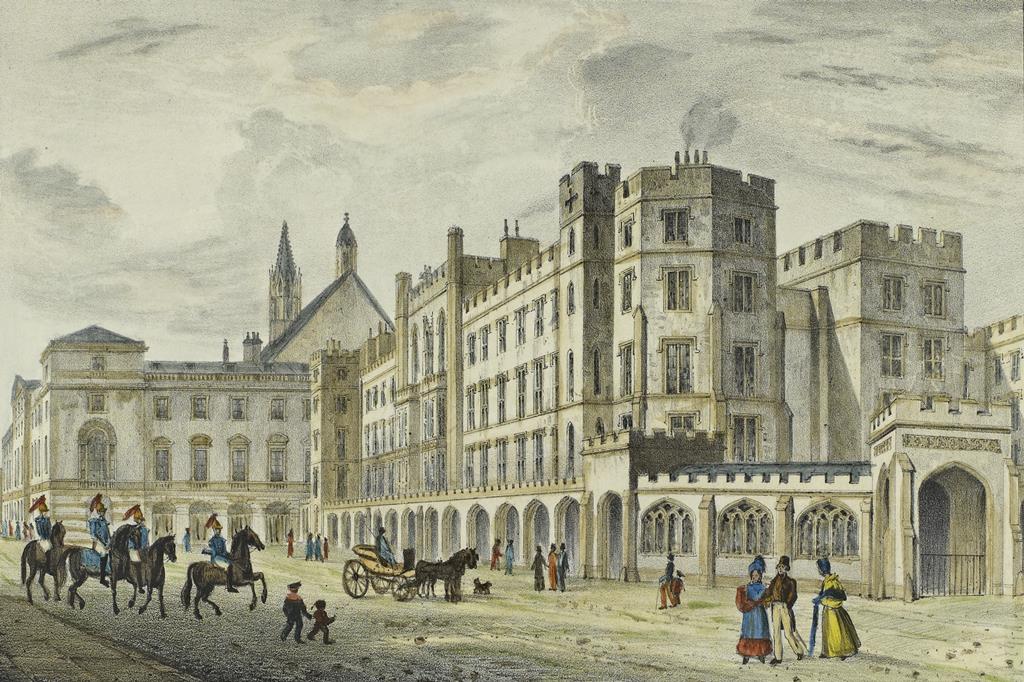

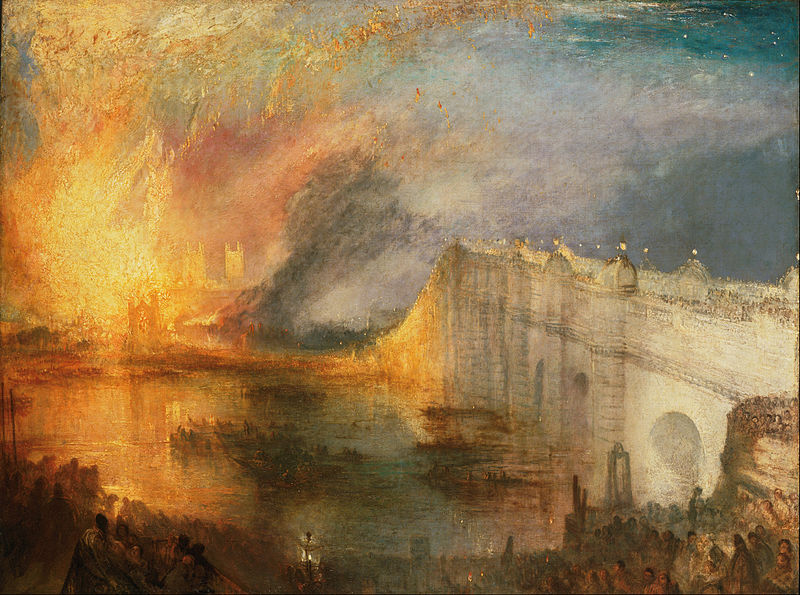

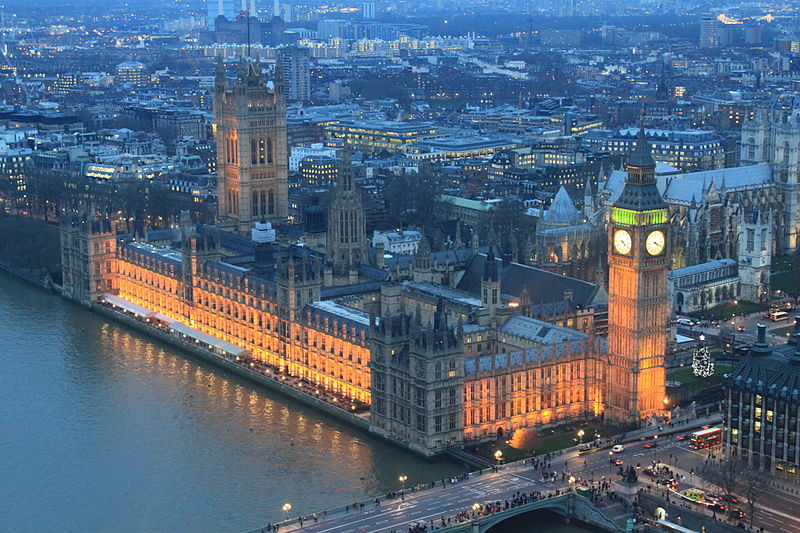


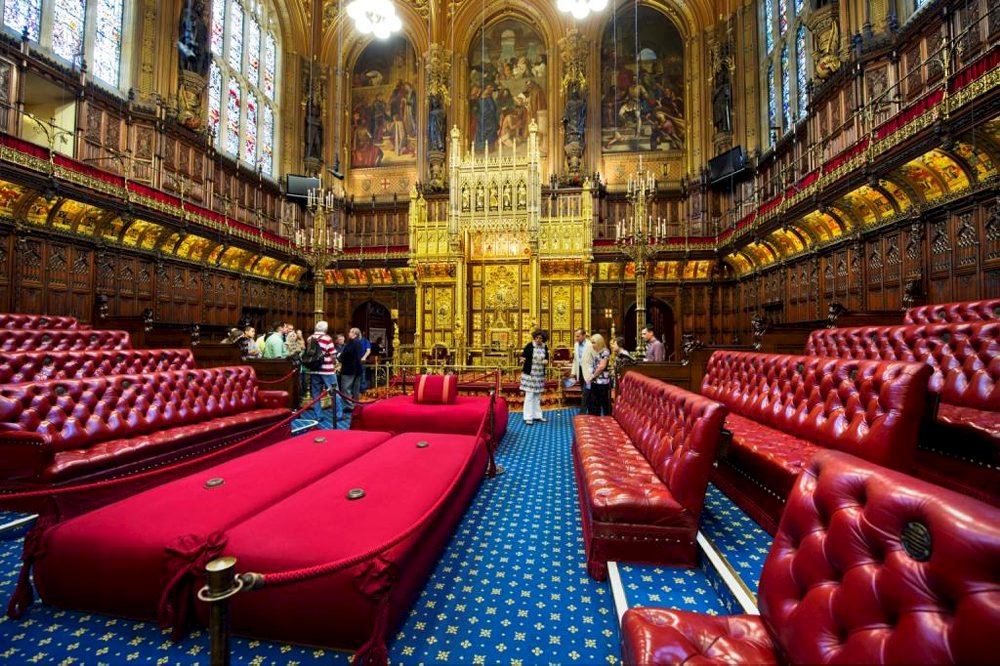
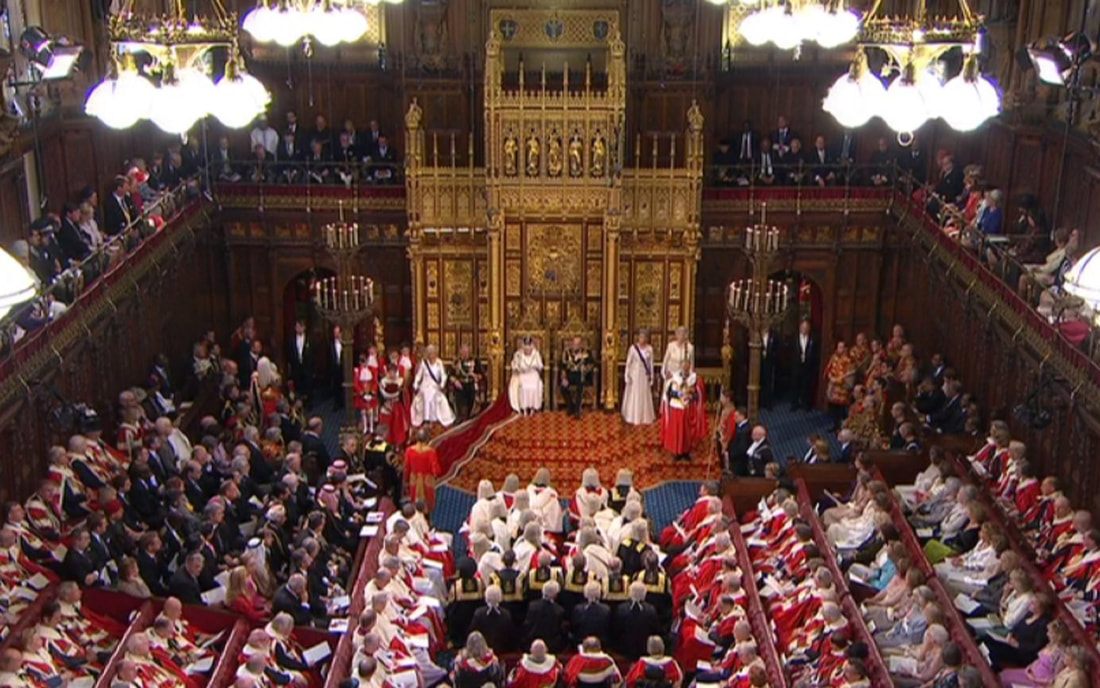

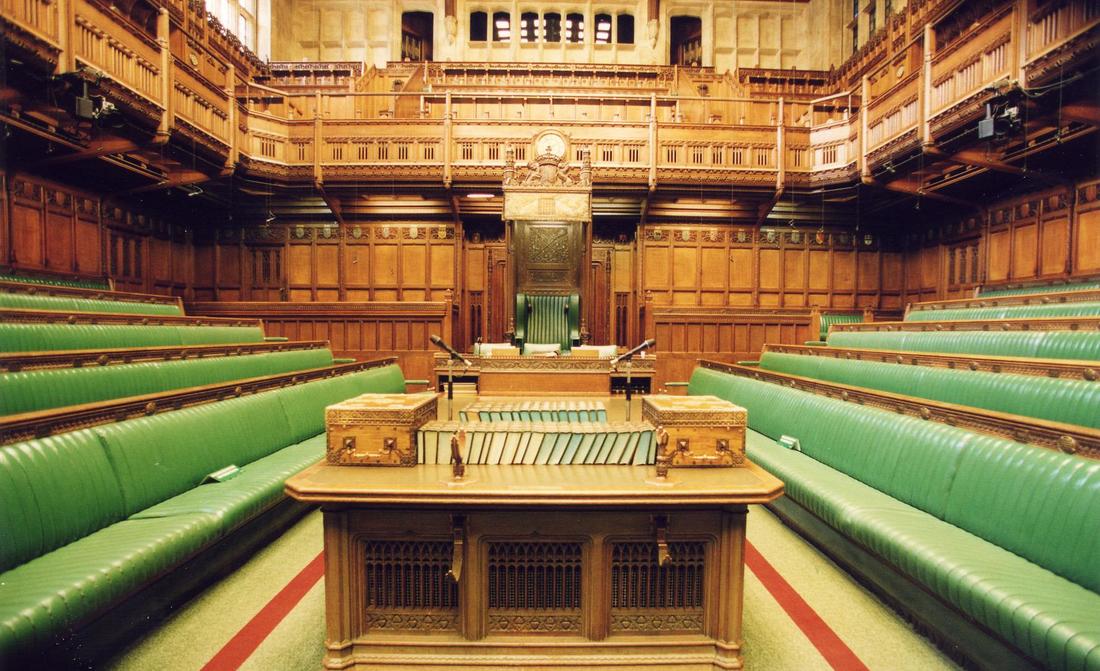
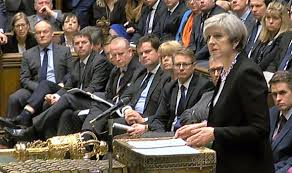


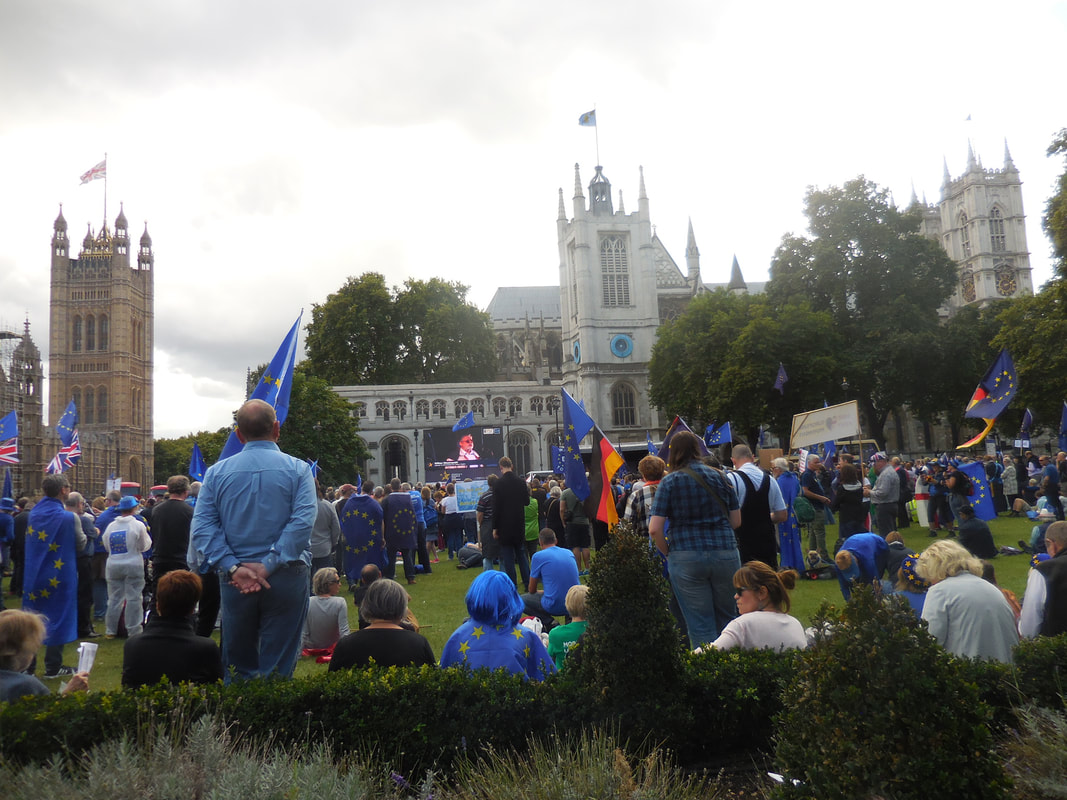

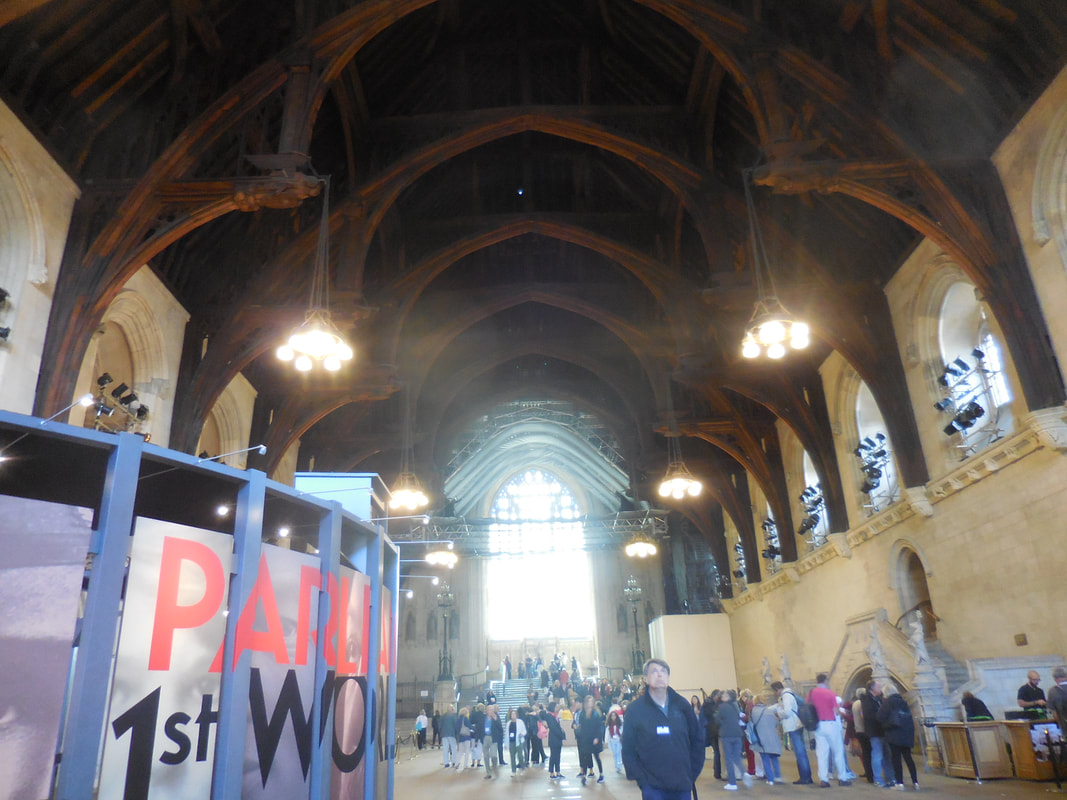
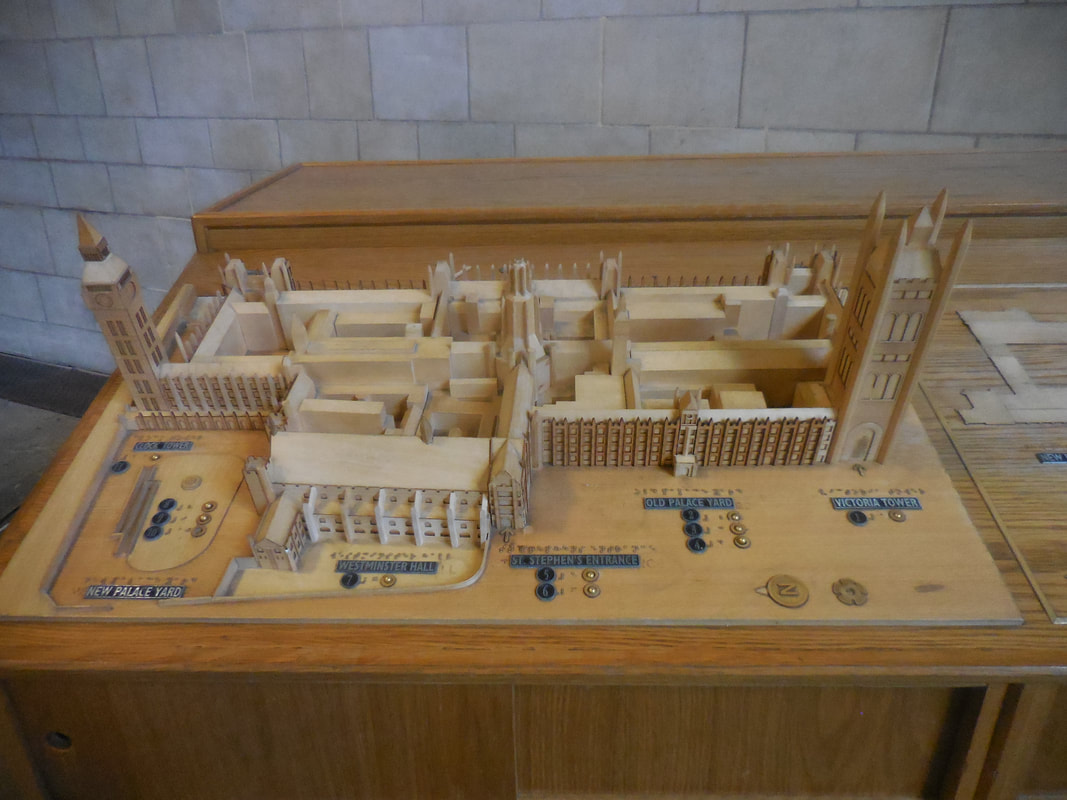
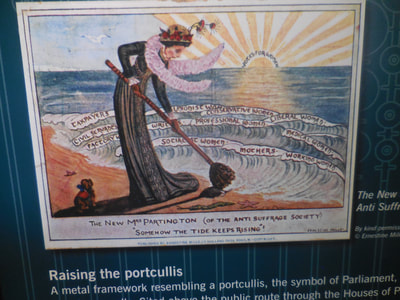
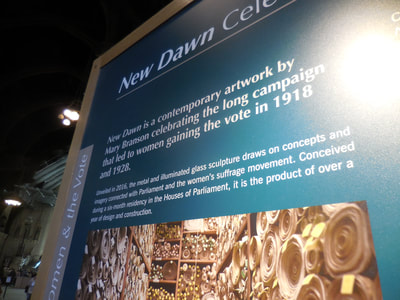
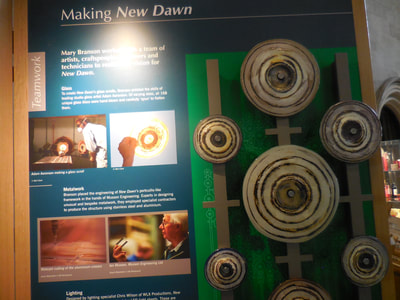
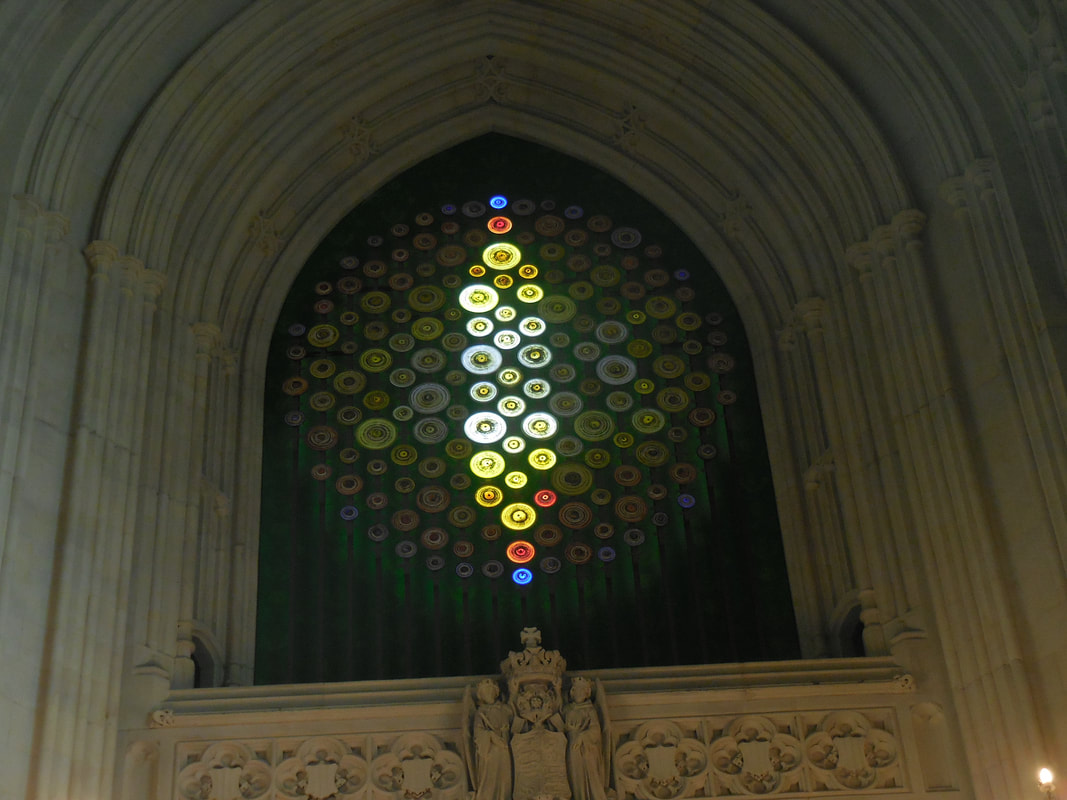

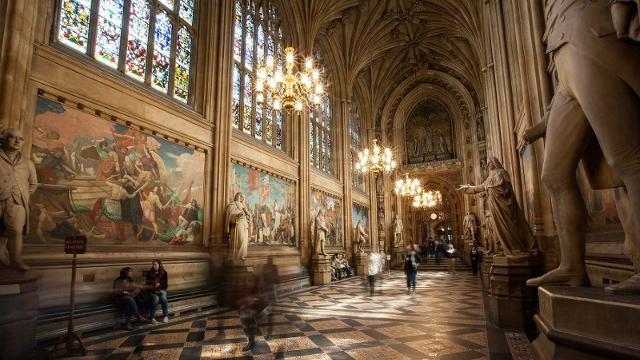

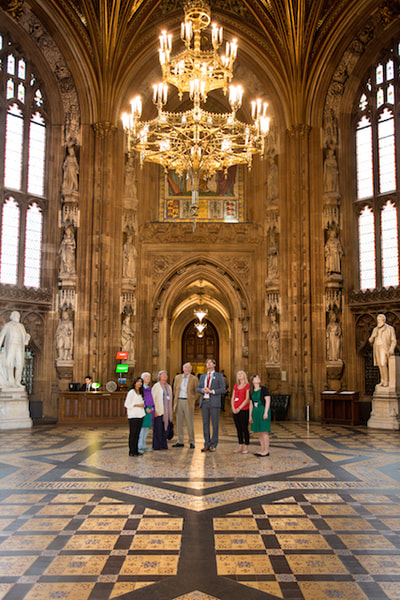

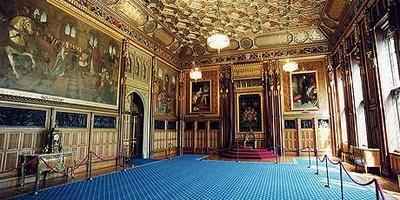
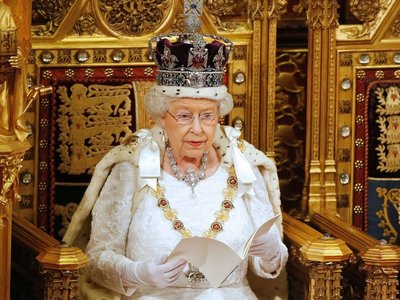
 RSS Feed
RSS Feed